
What We’re Reading
At Inclusive Design Group, we always believe in enriching our knowledge with new authors, new perspectives and new ideas. See below for some of what we are reading now.
-
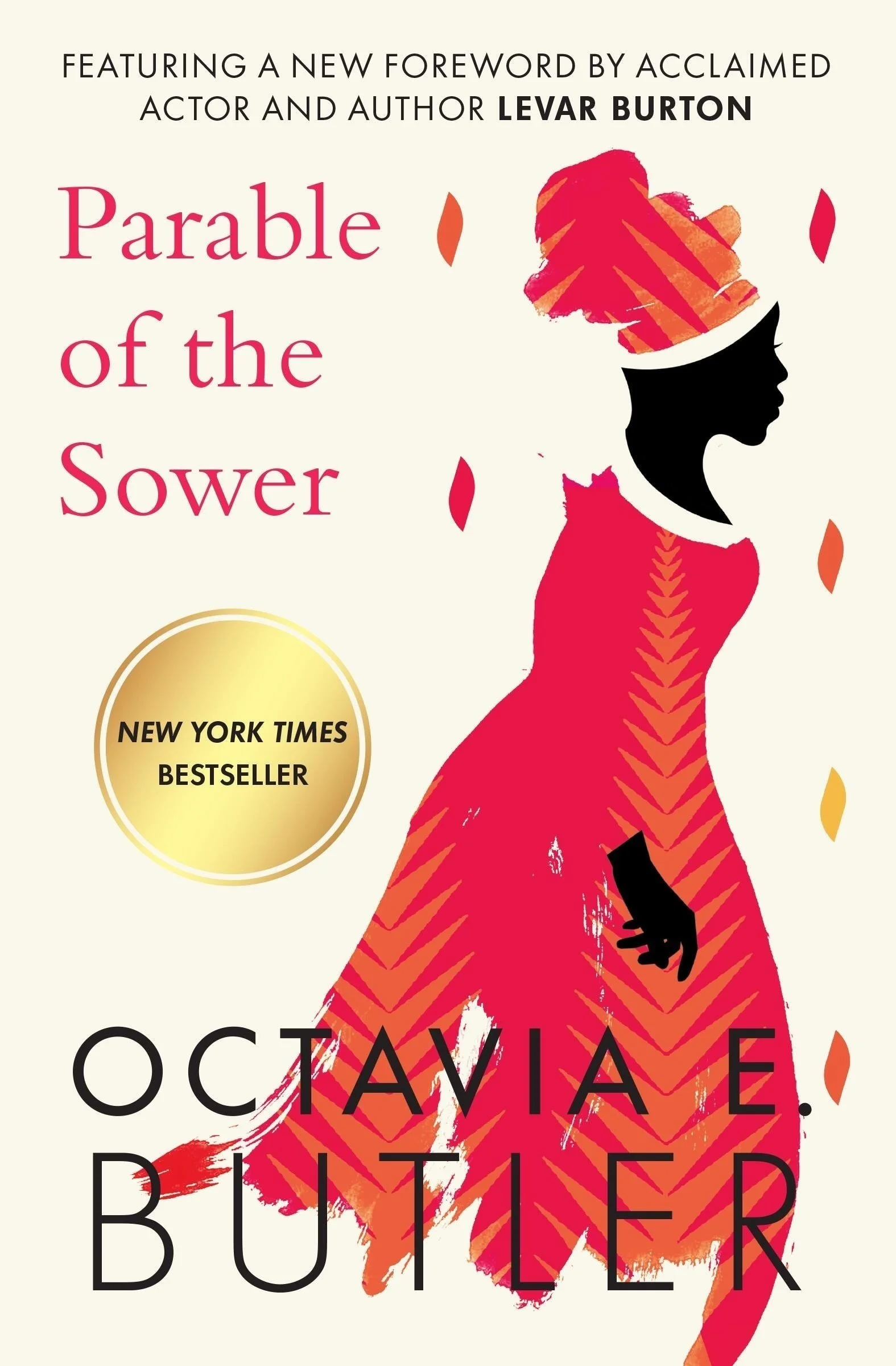
Parable of the Sower by Octavia Butler
When global climate change and economic crises lead to social chaos in the early 2020s, California becomes full of dangers, from pervasive water shortage to masses of vagabonds who will do anything to live to see another day. Fifteen-year-old Lauren Olamina lives inside a gated community with her preacher father, family, and neighbors, sheltered from the surrounding anarchy. In a society where any vulnerability is a risk, she suffers from hyperempathy, a debilitating sensitivity to others' emotions.
Precocious and clear-eyed, Lauren must make her voice heard in order to protect her loved ones from the imminent disasters her small community stubbornly ignores. But what begins as a fight for survival soon leads to something much more: the birth of a new faith . . . and a startling vision of human destiny. -
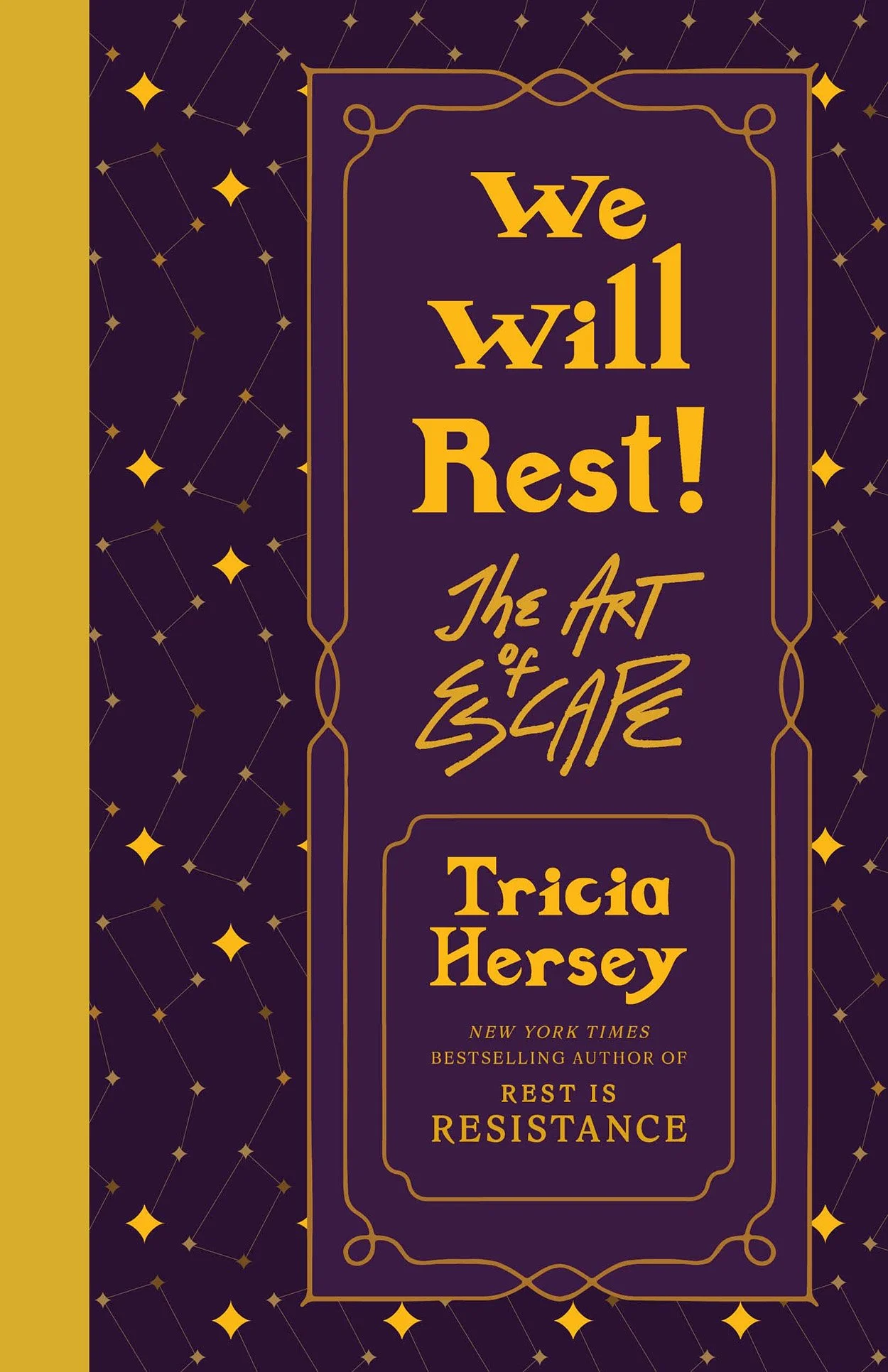
We Will Rest by Tricia Hersey
We don’t believe we are worthy of rest unless we burn ourselves out to accomplish it. Our thinking has been limited by disconnection, sleep deprivation, and the unattainable call for perfection. The systems will never give us rest. It is something we must create for ourselves and each other. Just as the North Star guided the enslaved on their journeys to freedom, visionary artist and founder of The Nap Ministry Tricia Hersey leads us to imagine a new world: one in which we subvert the narrative of productivity at all costs and embrace rest as a healing spiritual practice.
We Will Rest! is a modern sacred object, medicine for a sick and exhausted world. Weaving together meditations and poetry with storytelling and art, Hersey provokes liberation through refusal & trickster rebellion in the face of capitalism & white supremacy. -
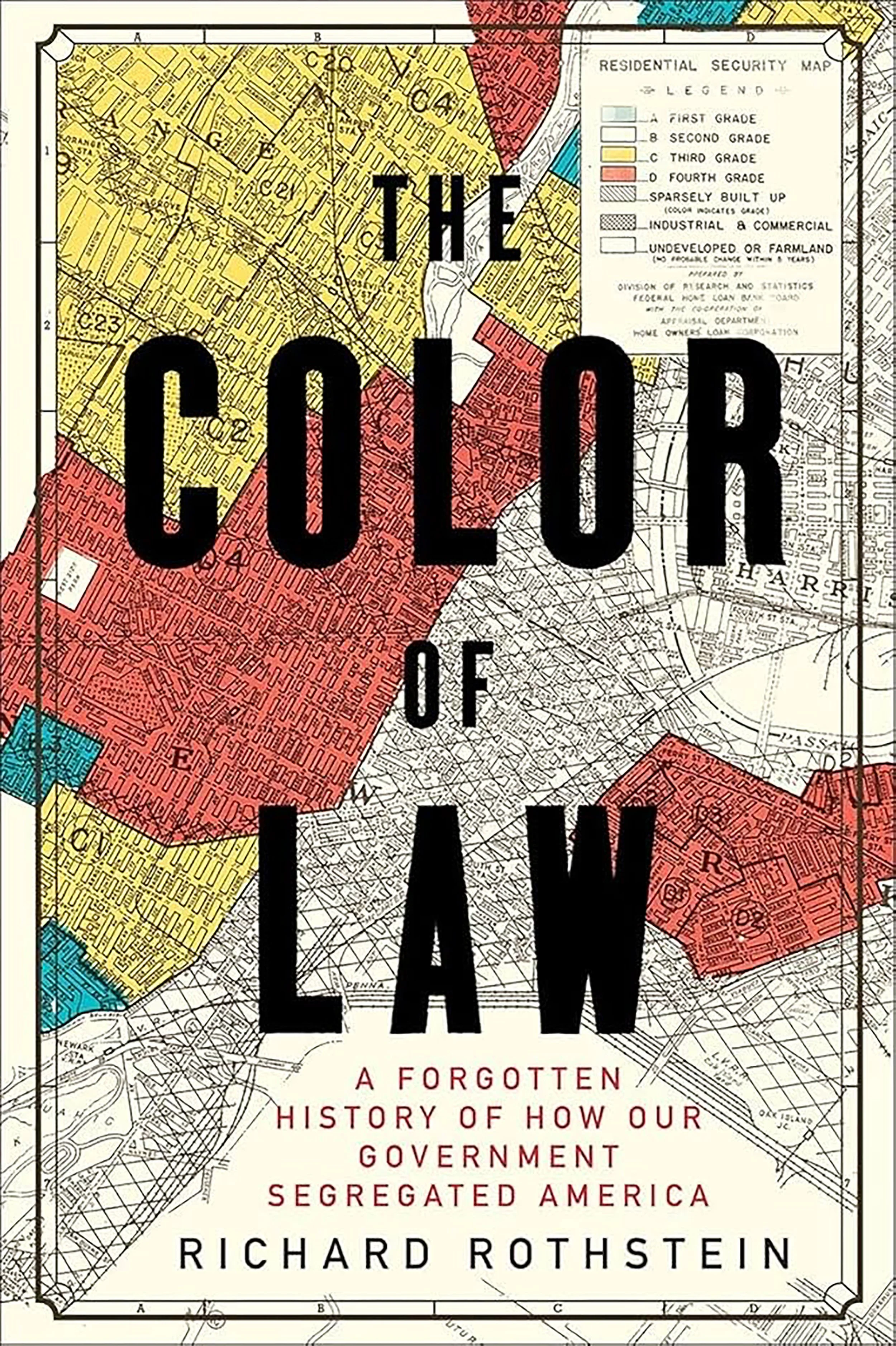
The Color of Law by Richard Rothstein
Widely heralded as a “masterful” (Washington Post) and “essential” (Slate) history of the modern American metropolis, Richard Rothstein’s The Color of Law offers “the most forceful argument ever published on how federal, state, and local governments gave rise to and reinforced neighborhood segregation” (William Julius Wilson). Exploding the myth of de facto segregation arising from private prejudice or the unintended consequences of economic forces, Rothstein describes how the American government systematically imposed residential segregation: with undisguised racial zoning; public housing that purposefully segregated previously mixed communities; subsidies for builders to create whites-only suburbs; tax exemptions for institutions that enforced segregation; and support for violent resistance to African Americans in white neighborhoods.
-
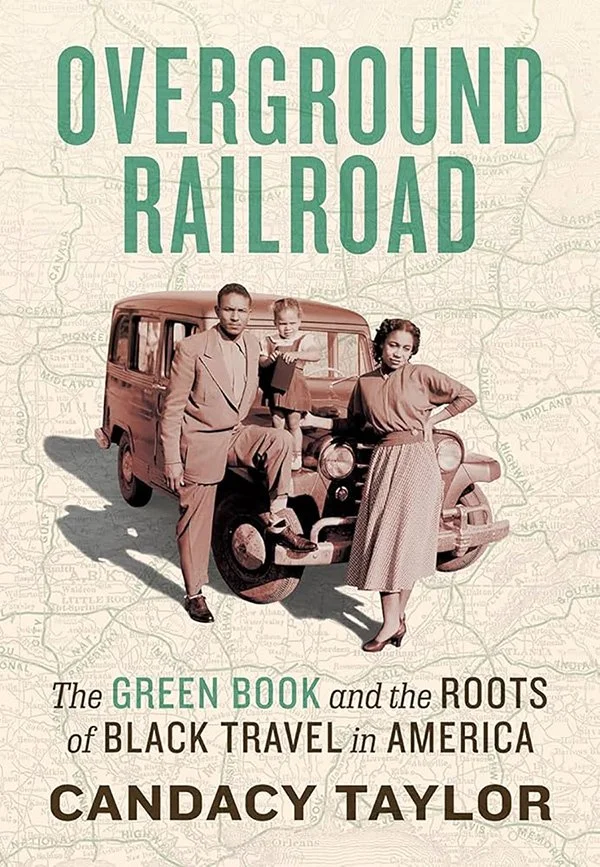
Overground Railroad by Candacy Taylor
It took courage to be listed in the Green Book, and Overground Railroad celebrates the stories of those who put their names in the book and stood up against segregation. It shows the history of the Green Book, how we arrived at our present historical moment, and how far we still have to go when it comes to race relations and systemic racism in America. Published from 1936 to 1966, the Green Book was hailed as the “Black travel guide to America.” At that time, it was both dangerous and difficult for African Americans to travel, because Black travelers couldn’t eat, sleep, or buy gas at most white-owned businesses. The Green Book listed hotels, restaurants, gas stations, and other businesses that were safe for Black travelers. It was a resourceful and innovative solution to a horrific problem. Candacy Taylor writes in her introduction, “The Green Book was published during a time when car travel symbolized freedom in America, but since racial segregation was in full force throughout the country, the open road wasn’t open to all. When Black motorists picked up a copy of the Green Book, they were greeted by the words ‘Just What You Have Been Looking For!! NOW WE CAN TRAVEL WITHOUT EMBARRASSMENT.’”
-
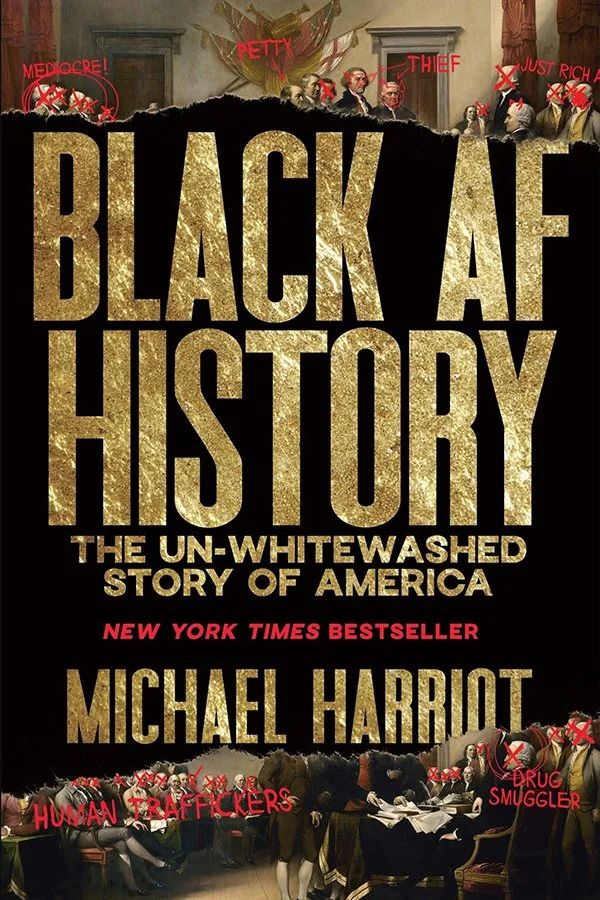
Black AF History: The Un-Whitewashed History of America by Michael Harriot
America’s backstory is a whitewashed mythology implanted in our collective memory. It is the story of the pilgrims on the Mayflower building a new nation. It is George Washington’s cherry tree and Abraham Lincoln’s log cabin. It is the fantastic tale of slaves that spontaneously teleported themselves here with nothing but strong backs and negro spirituals. It is a sugarcoated legend based on an almost true story. It should come as no surprise that the dominant narrative of American history is blighted with errors and oversights—after all, history books were written by white men with their perspectives at the forefront. It could even be said that the devaluation and erasure of the Black experience is as American as apple pie. In Black AF History, Michael Harriot presents a more accurate version of American history. Combining unapologetically provocative storytelling with meticulous research based on primary sources as well as the work of pioneering Black historians, scholars, and journalists, Harriot removes the white sugarcoating from the American story, placing Black people squarely at the center.
-

Born a Crime by Trevor Noah
Trevor Noah’s unlikely path from apartheid South Africa to the desk of The Daily Show began with a criminal act: his birth. Trevor was born to a white Swiss father and a black Xhosa mother at a time when such a union was punishable by five years in prison. Living proof of his parents’ indiscretion, Trevor was kept mostly indoors for the earliest years of his life, bound by the extreme and often absurd measures his mother took to hide him from a government that could, at any moment, steal him away. Finally liberated by the end of South Africa’s tyrannical white rule, Trevor and his mother set forth on a grand adventure, living openly and freely and embracing the opportunities won by a centuries-long struggle.
Born a Crime is the story of a mischievous young boy who grows into a restless young man as he struggles to find himself in a world where he was never supposed to exist. It is also the story of that young man’s relationship with his fearless, rebellious, and fervently religious mother—his teammate, a woman determined to save her son from the cycle of poverty, violence, and abuse that would ultimately threaten her own life.
